Media
Transcript
Hello, and welcome to the Daily Space for today Thursday, November 12, 2020. I am your host Annie Wilson. Most weekdays we’re here putting science in your brain.
Usually, Wednesdays are for Rocket Roundup, and today is not Wednesday. I repeat, today is not Wednesday. Dr. Pamela and I swapped days so I could have Veteran’s Day off.
There were a lot of rocket launches while we were on break, so let’s get to it, shall we?
First up, on October 28th at 21:21 UTC, Rocket Lab launched an Electron for the “In Focus” mission from Launch Complex 1 on the Mahia Peninsula in New Zealand.
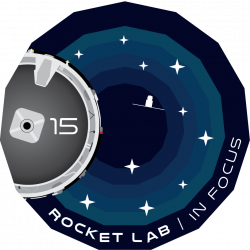
Onboard were ten smallsats, nine of which were SuperDoves which will join Planet’s constellation of Earth-imaging satellites. The tenth satellite was Canon Electronics’ CE-SAT-IIB, a technology demonstration of an ultra-high sensitivity camera that is able to take night images of Earth.
The patch for this mission resembles a camera lens, which is fitting given the payload of fancy space cameras. Towards the center is a small satellite — probably the Canon experimental sat — among ten stars, one for each satellite onboard. To the left is what appears to be the bottom of Rocket Lab’s kick stage, which is the final stage of the rocket where all of the satellites are deployed from. Also, this patch isn’t quite a circle. It’s actually a regular pentadecagon — one side for each of Rocket Lab’s 15 missions.
Next up, on November 5 at 23:24 UTC, SpaceX launched the GPS III Space Vehicle 04 onboard a Falcon 9 from SLC-40 at Cape Canaveral Air Force Station in Florida.
GPS is that thing that helps us get from point A to point B without having to know what direction you’re facing or even how to read a map. (Don’t do this, people. Be aware of your surroundings for crying out loud!)
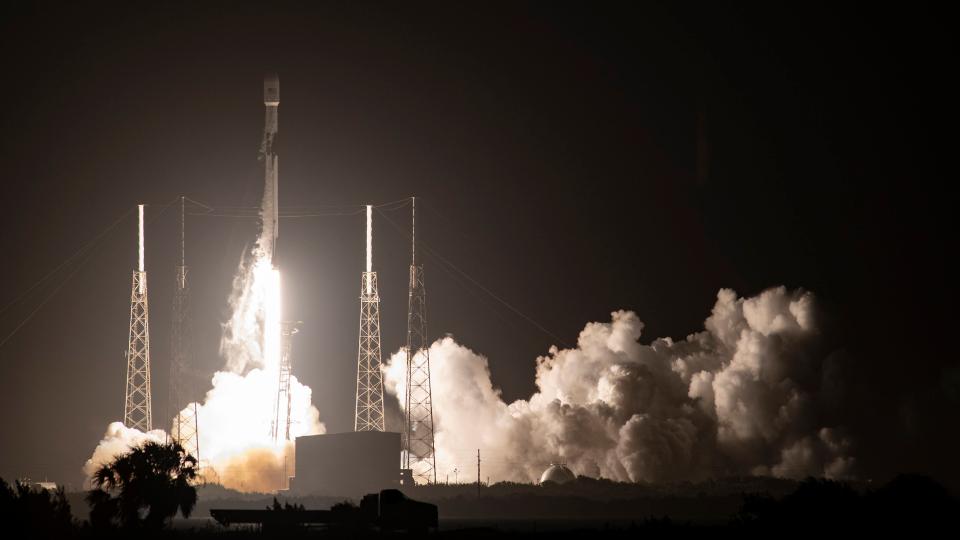
This is the fourth in the third generation of GPS satellites to be launched and will join the GPS constellation currently comprised of 31-operational spacecraft. The satellite manufacturer, Lockheed Martin, says that “GPS III satellites will also be compatible with international global navigation satellite systems, which will allow users the ability to receive signals from any country’s satellites, maximizing their chances of receiving a strong and accurate signal, whether in a natural valley or an urban canyon.”
For those of you keeping score at home, this was the first flight for booster B1062, and both fairing halves were recovered from the water.
On Friday, November 6th at 03:18 UTC, a Long March 6 took off from LC-16 at the Taiyun Satellite Launch Centre in Shanxi Province in China, carrying ten Argentinian satellites — ÑuSats 9 through 18 — to orbit to join the Aleph-1 commercial earth observing satellite constellation operated by Satellogic S.A.

Also on board were three Chinese small satellites that are either technology demonstrations or cooperative student projects.
Each Satellogic satellite weighs about 41 kilograms and will provide high-resolution optical imagery, and each one is named for a pioneering woman in science, technology, engineering, and mathematics (STEM).
The satellites are named after:
9. Alice Ball: a Black American chemist who developed the “Ball Method”, the most effective treatment for leprosy during the early 20th century. She was the first woman and first Black American to receive a master’s degree from the University of Hawaii and was also the university’s first female and Black American chemistry professor.
10. Caroline Herschel: a German astronomer, whose most significant contributions to astronomy were the discoveries of several comets. She was the first woman to receive a salary as a scientist. She was also the younger sister of astronomer William Herschel.
11. Cora Ratto de Sadosky: an Argentine mathematician, educator, and activist in support of human and women’s rights in Argentina and beyond.
12. Dorothy Vaughan: an American mathematician and computer who worked for the National Advisory Committee for Aeronautics (NACA), and NASA, at Langley Research Center in Hampton, Virginia. In 1949, she became acting supervisor of the West Area Computers, the first Black American woman to supervise a group of staff at the center.
13. Emmy Noether: a German mathematician who made many important contributions to abstract algebra. As one of the leading mathematicians of her time, she developed the theories of rings, fields, and algebras. She proved a famous theorem in mathematical physics known as Noether’s theorem, which explains the connection between symmetry and conservation laws.
14. Hedy Lamarr: an Austrian-American actress, inventor, and film producer. She was part of 30 films in an acting career spanning 28 years and co-invented an early version of the frequency-hopping spread spectrum with George Antheil. She also helped improve aviation designs for Howard Hughes. Although the U.S. Navy did not adopt Lamarr and Antheil’s invention until 1957, various spread-spectrum techniques are incorporated into Bluetooth technology and are similar to methods used in legacy versions of Wi-Fi.
15. Katherine Johnson: an American mathematician whose calculations of orbital mechanics as a NASA employee were critical to the success of the first and subsequent U.S. crewed spaceflights. As a part of the preflight checklist, John Glenn asked engineers to “get the girl”—Johnson—to run the same numbers through the same equations that had been programmed into the computer, but by hand, on her desktop mechanical calculating machine. “If she says they’re good,’” Katherine Johnson remembers the astronaut saying, “then I’m ready to go.” She was one of the first African-American women to work at NASA.
16. Lise Meitner: an Austrian-Swedish physicist who contributed to the discoveries of the element protactinium and nuclear fission. While working at the Kaiser Wilhelm Institute on radioactivity, she discovered the radioactive isotope protactinium-231 in 1917. In 1938, Meitner and nephew-physicist Otto Robert Frisch discovered nuclear fission. According to the Nobel Prize archive, she was nominated nineteen times for the Nobel Prize in Chemistry between 1924 and 1948, and 29 times for the Nobel Prize in Physics between 1937 and 1965. Despite not having been awarded the Nobel Prize, Meitner was invited to attend the Lindau Nobel Laureate Meeting in 1962. However, Meitner received many other honors, including the naming of chemical element 109 meitnerium in 1997.
17. Mary Jackson: an American mathematician and aerospace engineer at NACA, which in 1958 was succeeded by NASA. She worked at Langley Research Center in Hampton, Virginia, for most of her career. She started as a computer at the segregated West Area Computing division in 1951. She took advanced engineering classes and, in 1958, became NASA’s first black female engineer.
18. Vera Rubin: an American astronomer who pioneered work on galaxy rotation rates. She went on to graduate studies at Cornell University and Georgetown University, where she observed deviations from Hubble flow in galaxies and provided evidence for the existence of galactic superclusters. Her data provided some of the first evidence for dark matter, which had been theorized by Fritz Zwicky in the 1930s. She is the first woman to have a large observatory named after her: the National Science Foundation Vera C. Rubin Observatory (Rubin Observatory) in Chile.
On Saturday, November 7th at 07:10 UTC, the inaugural launch of a Ceres-1 rocket took place at the Jiuquan Satellite Launch Center, located in northwest China. Made by Galactic Energy, the Ceres-1 four-stage solid rocket sent a small satellite into orbit.
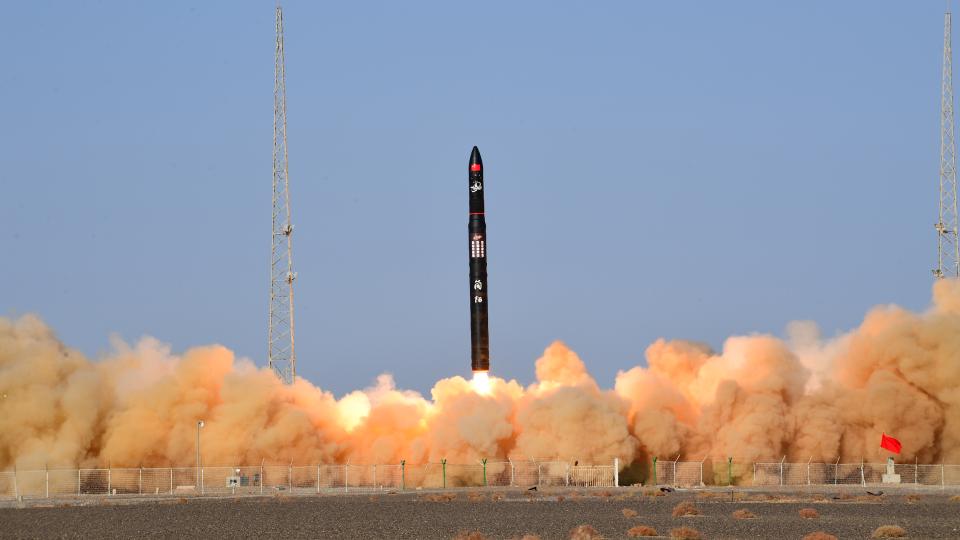
Tianqi-11, a 50-kilogram smallsat, was sent into a 500-kilometer Sun-synchronous orbit. Built by Shanghai ASES Spaceflight Technology Company Limited, it is part of the Tianqi narrowband Internet of Things constellation.
This successful launch means that Galactic Energy has become the second private Chinese launch company to make it to orbit.
The Ceres-1 rocket is 19 meters long, and 1.4 meters in diameter. It can send 350 kilograms to low earth orbit or 230 kilograms to Sun-synchronous orbit at 700 kilometers.
Ceres-1 is kind of a proof of concept for Galactic Energy who has another rocket, Pallas-1, in development for a late-2020 test flight. That rocket will use kerosene and liquid oxygen and will be able to lift 4000 kilograms to low earth orbit or 2000 kilograms to a 700-kilometer Sun-synchronous orbit. And Pallas-1 is going to be able to land itself so it’ll be reusable.
Finally, India launched its first rocket of the year! On November 7 at 09:42 UTC, a Polar Satellite Launch Vehicle (PSLV) carried the EOS-1 to orbit from Satish Dhawan Space Center.
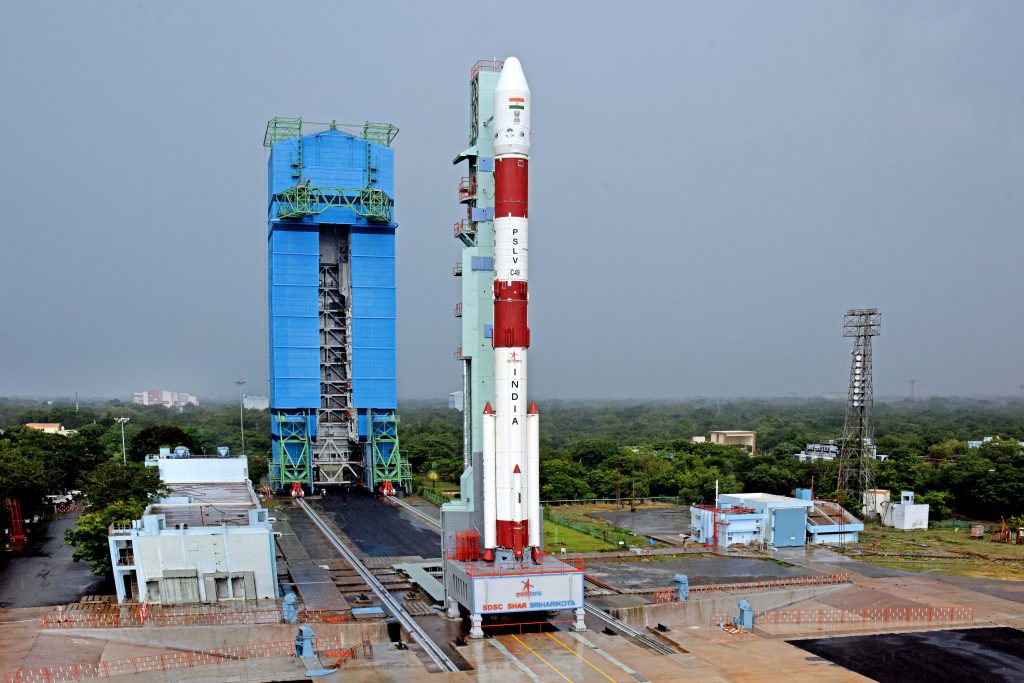
EOS-1, formerly known as RISAT-2BR2, is an Earth observation satellite. According to the India Space Research Organization (ISRO), the satellite is “intended for applications in agriculture, forestry, and disaster management support.”
Also on board were nine commercial customers:
- R2, a technology demonstration from Lithuania
- Four satellites for Kleos Space’s constellation will monitor ocean traffic for things like illegal fishing, dumping, or smuggling
- Four Lemur-2 satellites will join a large constellation of multi-mission remote sensing satellites
To wrap things up, here’s a running tally of a few spaceflight statistics for the current year:
Toilets currently in space: 4 — 2 installed on ISS, 1 on the Soyuz, 1 not yet installed
Toilets burned up: 3
Total satellites humans put into orbit: 1079 (includes those launched from other in-orbit craft, such as the ISS)
Total satellites from launches: 1048
Total Starlinks (this year): 773
Total 2020 orbital launch attempts: 90 (including 9 failures)
I keep track of orbital launches by where they launched from, also known as spaceport. Here’s that breakdown:
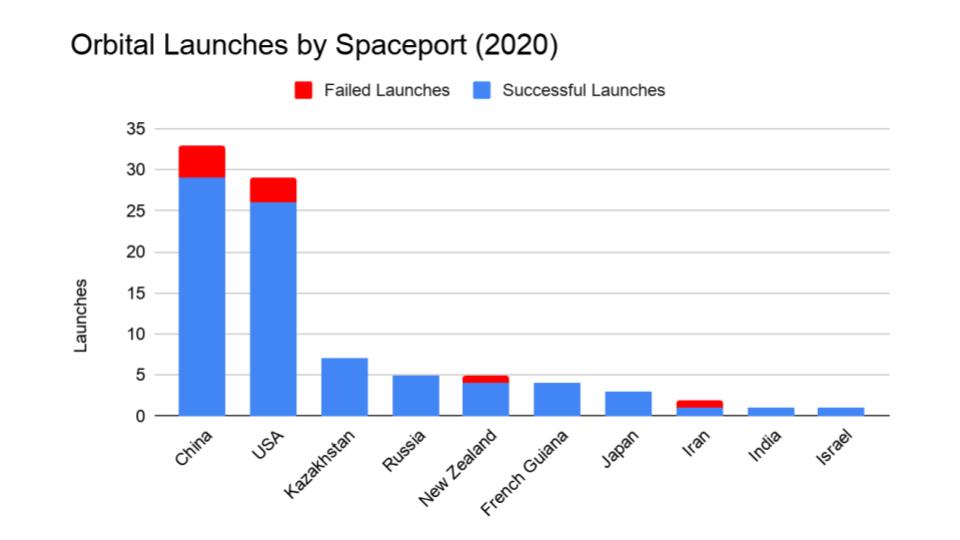
China: 33
USA: 29
Kazakhstan: 7
Russia: 5
New Zealand: 5
French Guiana: 4
Japan: 3
Iran: 2
India: 1
Israel: 1
Your random space fact for the week comes to us from community member OnTheDiagonal: on Europa, there is a large purple crater named Tyre after the ancient Phoenician city of the same name which was famous for its purple dyes.
Learn More
Rocket Lab successfully launches satellites for Planet and Canon
GPS III Space Vehicle 04 Mission
Ten Satellogic Earth-imaging satellites successfully launched
- Spaceflight Now article
- Beihangkongshi 1 info page (Gunter’s Space Page)
Chinese rocket firm Galactic Energy succeeds with first orbital launch, secures funding
- SpaceNews article
- Ceres-1 info page (Galactic Energy)
- Tianqi 11 info page (Gunter’s Space Page)
PSLV successfully launches EOS-01 and nine customer satellites from Sriharikota
Credits
Host: Annie Wilson
Writers: Dave Ballard, Gordon Dewis, Ally Pelphrey, and Annie Wilson
Audio and Video Editing: Ally Pelphrey
Content Editing by Beth Johnson
Executive Producer: Pamela Gay
Intro and Outro music by Kevin MacLeod, https://incompetech.com/music/


 We record most shows live, on Twitch. Follow us today to get alerts when we go live.
We record most shows live, on Twitch. Follow us today to get alerts when we go live.